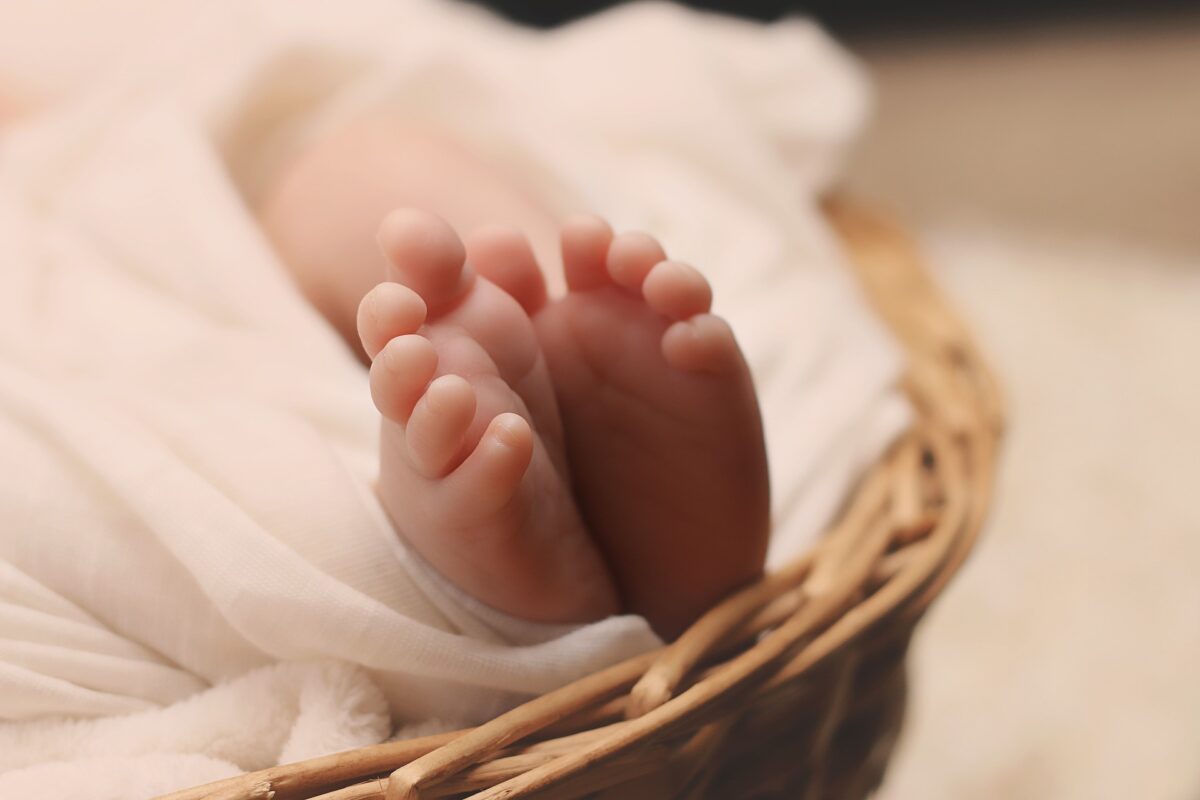
Childproofing Your Home’s Air
9/10/2018
If you have a young child or are expecting a new addition to your family, you know how important it is to make sure your home is safe. However, while you’ve covered all the outlets and locked the cabinets, have you taken any time to consider the air quality of your home?
Infants and young children can suffer the most from pollution and toxins in the air. Problems can range from skin irritation to developing asthma, allergies, and other lung issues. You can make sure your little one is safe by ensuring your child is breathing clean air. Take a look at the top 10 ways to babyproof your home’s air quality.
1. Get hypoallergenic bedding and laundry detergent.
Make sure your child isn’t breathing in lint and dust from their clothing or bed. Keep an eye out for hypoallergenic materials to ensure all fabrics are safe for sensitive skin.
2. Paint your child’s room with no-VOC paint.
VOC means “volatile organic compound”, and it refers to chemical gasses that are released by most paints. These can cause harm to your body and your child’s body when inhaled, so you can avoid any health concerns by looking for no-VOC or low-VOC paint.
3. Ensure you regularly vacuum.
Vacuuming prevents dust from building up on the floor of a room. If your child is at a crawling stage, then you want to be sure that the floor is clean and healthy. If your child is not yet crawling, you should still vacuum on a regular basis to ensure you don’t allow dust to be stirred up when you walk into a room.
4. Avoid smoking.
Even smoking outside of the home can be harmful to your child, as the smoke particles will cling to you and your clothing once you return indoors. A good ventilation system can mitigate the harmful smoke particles in your home, but the best option for your family’s health is to avoid smoking altogether.
5. Ventilate areas where chemicals are stored.
Wherever you have cleaning supplies or other chemicals in your home, make sure that they are stored in well-ventilated rooms. You don’t want to allow the chemicals to collect in the air and make your home’s air unsafe.
6. Make sure your home’s smoke detector is ready.
Test your home’s smoke detector batteries regularly. A good ventilation system can prevent smoke particles from entering your home, but you still want to have a working fire alarm in case of emergencies.
7. Secure vent registers.
If you have registers or diffusers for your ventilation system on the floor or low walls of your home, then you need to make sure that young hands can’t open them. Consider different options to avoid holes large enough for small fingers or sharp edges.
8. Test the air quality of your home.
Make sure that your home’s air is safe by using a home air check kit to find what’s in the air. Zehnder America partners with Home Air Check to provide you with a DIY kit to make this process simple.
9. Install a quality air ventilation system in your home.
A good ventilation system, like the ComfoAir system from Zehnder America, can ensure that harmful compounds and chemicals are kept out of the air in your home, and fresh air is filtered into your home. To learn more about the ComfoAir system, click here.
10. Don’t overlook childcare air quality.
Where does your child go for daycare or education? Ask potential places how they ensure clean air in their facilities. If their answer is not a Zehnder America ComfoAir system, consider if this is the air you want your child breathing when he is not home!
